Eugenia foetida
Spanish stopper
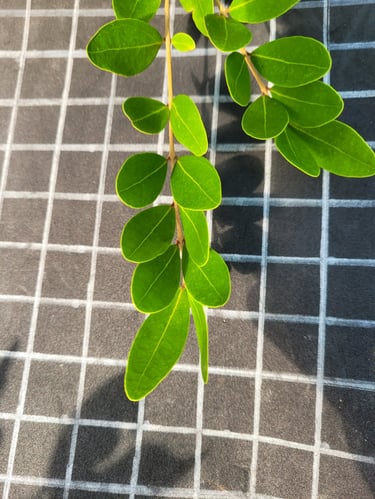

Basic description: small multistemmed evergreen tree/large shrub with opposite simple leaves
Mature size: 15-20 feet, taller than wide
Typical natural location: hardwood hammocks
Typical landscape location: occasional use for buffers, trees in tight locations, street trees under utility lines
Branch arrangement, structure, other features: opposite branching, typically multi-stemmed, branches very thin
Bark texture, color, other features: bark smooth and gray/light brown
Leaf structure, shape, color, size, persistence, other features: leaves evergreen, 3/4 inch to 1.5 inches long by 0.5 inch wide, simple, elliptic with obtuse tip, margins entire, new growth red to reddish orange
Flower color, size, form, arrangement, blooming period, persistence, other features: white and semi-showy, small (1-inch diameter), light fragrance, can bloom year-round, with peak blooms in spring and summer
Fruit type, size, color (early/ripe), form, persistence, time of year, other features: small (1/4") berry, round, red when emerging and turning purple to black as they mature, typically in the fall
Root features: no prominent roots
Key features for identification: often used as landscape hedge or small landscape tree, dense foliage often to or near the ground, new growth reddish, stems very thin, branching opposite
Similar species/often confused with:
Simpson's stopper (Myrcianthes fragrans)
Similar features: overall size, multi-stemmed growth form, growing locations, leaf size and shape
Distinguished by: Simpson's stopper leaves have recumbent margin, are smaller and thicker than leaves of Spanish stopper
spicewood (Calyptranthes pallens)
Similar features: opposite simple leaves, multi-stemmed growth form
Distinguished by: spicewood have leaves with acute tip, leaves of spicewood grow at wider angle from twig (nearly 90 degrees) and generally do not overlap each other, flowers of spicewood grow on stalks whereas flowers of Spanish stopper grow on axils of stems
Gallery
Share your experience with the community!
Whole Plant/Form
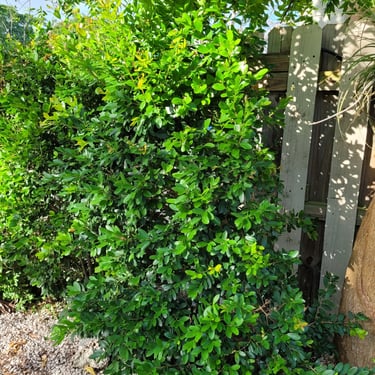
Leaves - general
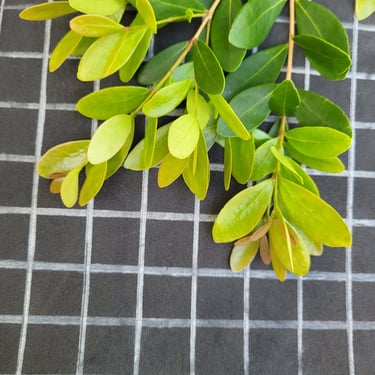
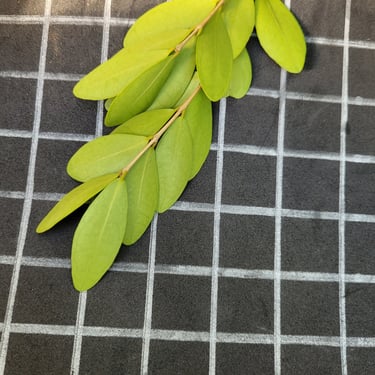

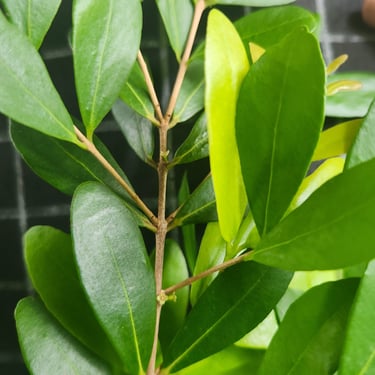
Leaves - new growth
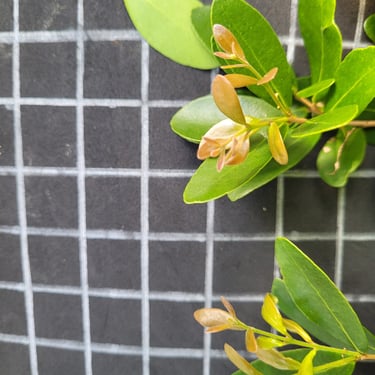
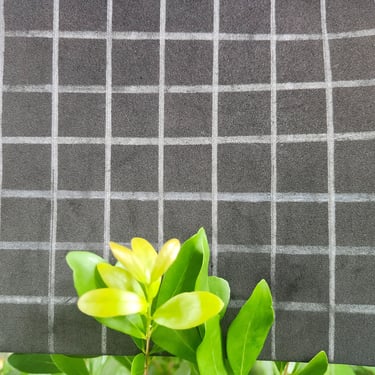
Leaves - dead, diseased or special case
Flowers - general
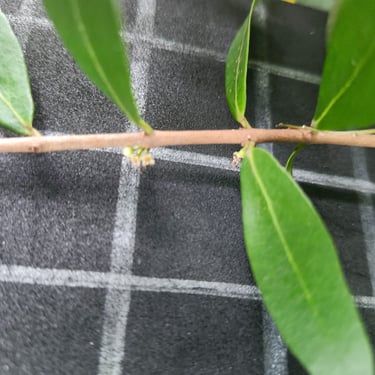
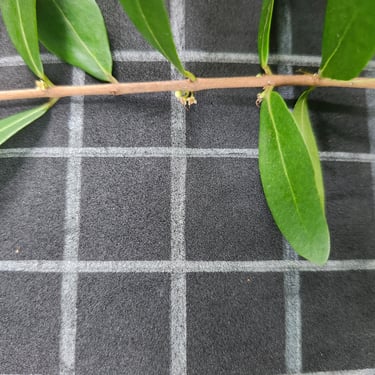
Flowers - early emergence


Flowers - late season, dead
Fruit - general
Fruit - early emergence
Fruit - late season, dead, open
Bark & Twigs
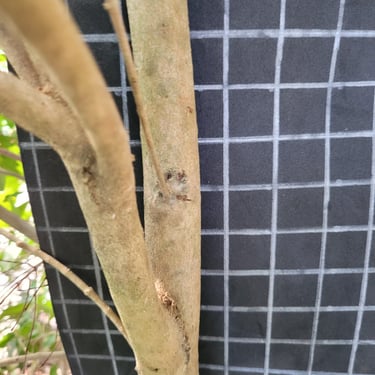
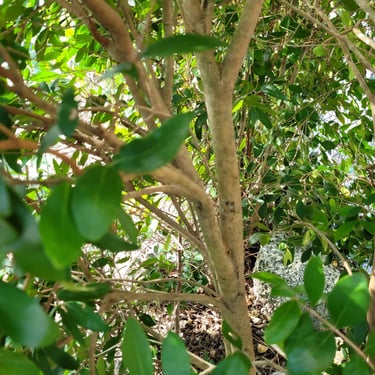
Variations, Key ID Features
